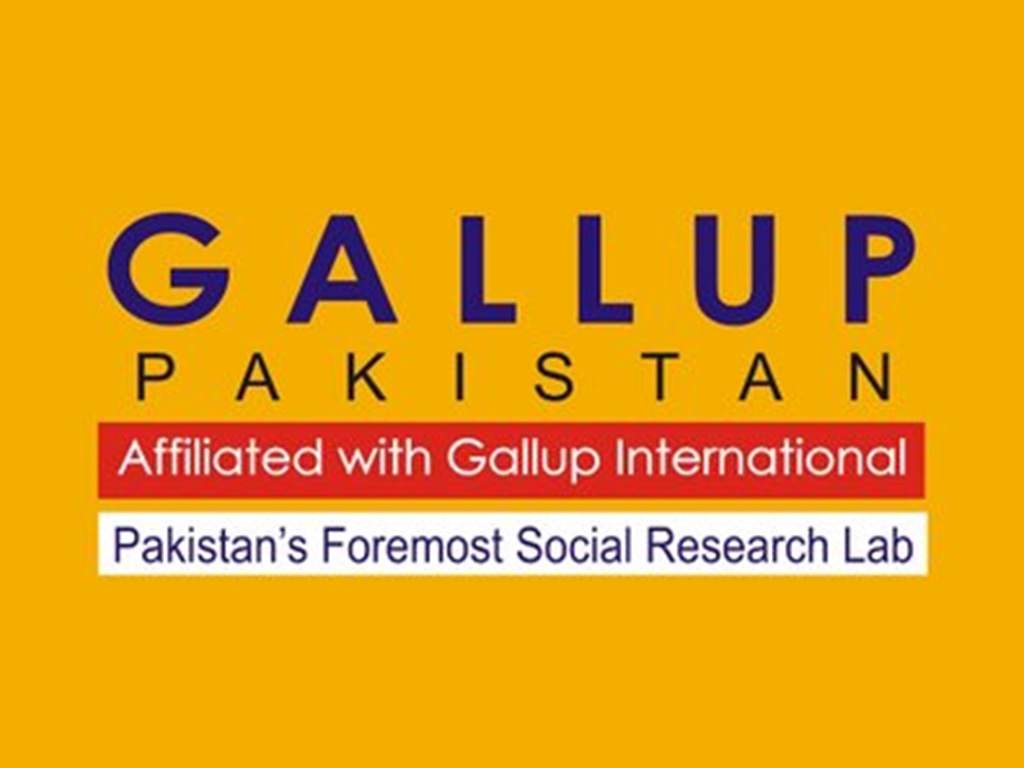That Pakistan has left Covid-19 behind is simply untrue; it hasn’t, but that the country has surpassed all expectations of doomsday scenarios and mass-level fatalities is almost unmistakable. Folks are taking off their masks and going back to work, SOPs be damned. And while increasing consumer confidence is nothing to lament, some restraint and doubt should keep them on their toes, still.
According to Gallup Pakistan and D&B Pakistan’s collaborative survey (for Aug-20) on consumer sentiments — which measures consumers’ level of optimism or lack thereof about the economy, and their own financial situation — Pakistanis are optimistic about the future, with the younger population leading the way on the chugging train of hope.
Unsurprisingly, consumers above 50 are pessimistic about the direction this country is headed in. Between male and female respondents, the former remain in the red zone against females whose confidence improved compared to pre-Covid times. The overall confidence is despite a good share of the population (55%) perceiving unemployment to have worsened and will continue to worsen in the future and 40 percent fearing their income levels will decline compared to pre-Covid times.
Of course, there is also a greater share — 52 percent to be exact — who believe their income levels will increase or at least remain the same in the next six months. SBP reporting is consistent. Per its own consumer confidence survey for Sep-20, overall confidence grew by 20 percent compared to the last survey’s reading conducted in Jul-20. Granted this was when the virus was at its peak in the country, but consumer confidence now is still higher than Jan-20 — the so-called pre-Corona days.
It seems government interventions — among others, the timely implementation of the Ehsaas Program, the fiscal package announced for businesses, the upcoming construction package which will steamroll consumption in the economy, improving the macroeconomic situation — are all improving expectations for the future.
One must take these readings with a grain of salt. The respondents, for the Gallup survey for instance, range only from 1,500 to 2,000 divided across provinces, ages, gender and region (urban/rural). That’s a small dataset for a fairly small survey. Additionally, to understand consumer sentiments, and not on such a broad-spectrum level, there must be some information about income groups, which will make the findings instantly more meaningful.
And perhaps then, the survey findings of more than half the respondents believing income levels are growing over the next six months (or remaining same) would represent more nuance and provide a more accurate sense of consumer sentiments, one that appreciates the inequalities that exist across this country. Case in point: a careful reader would notice that Balochistan — the poorest province in the country — has the worst expectations about future income levels (57% of respondents against other ~40% across other provinces). Meanwhile, consumers in the rural areas are more pessimistic than urban dwellers.
Nevertheless, since people tend to take comfort in averages, let’s stay comfortably numb because, even as SOPs loosen their grip, Pakistanis are (mostly) looking forward to life over the next six months.






















Comments
Comments are closed.